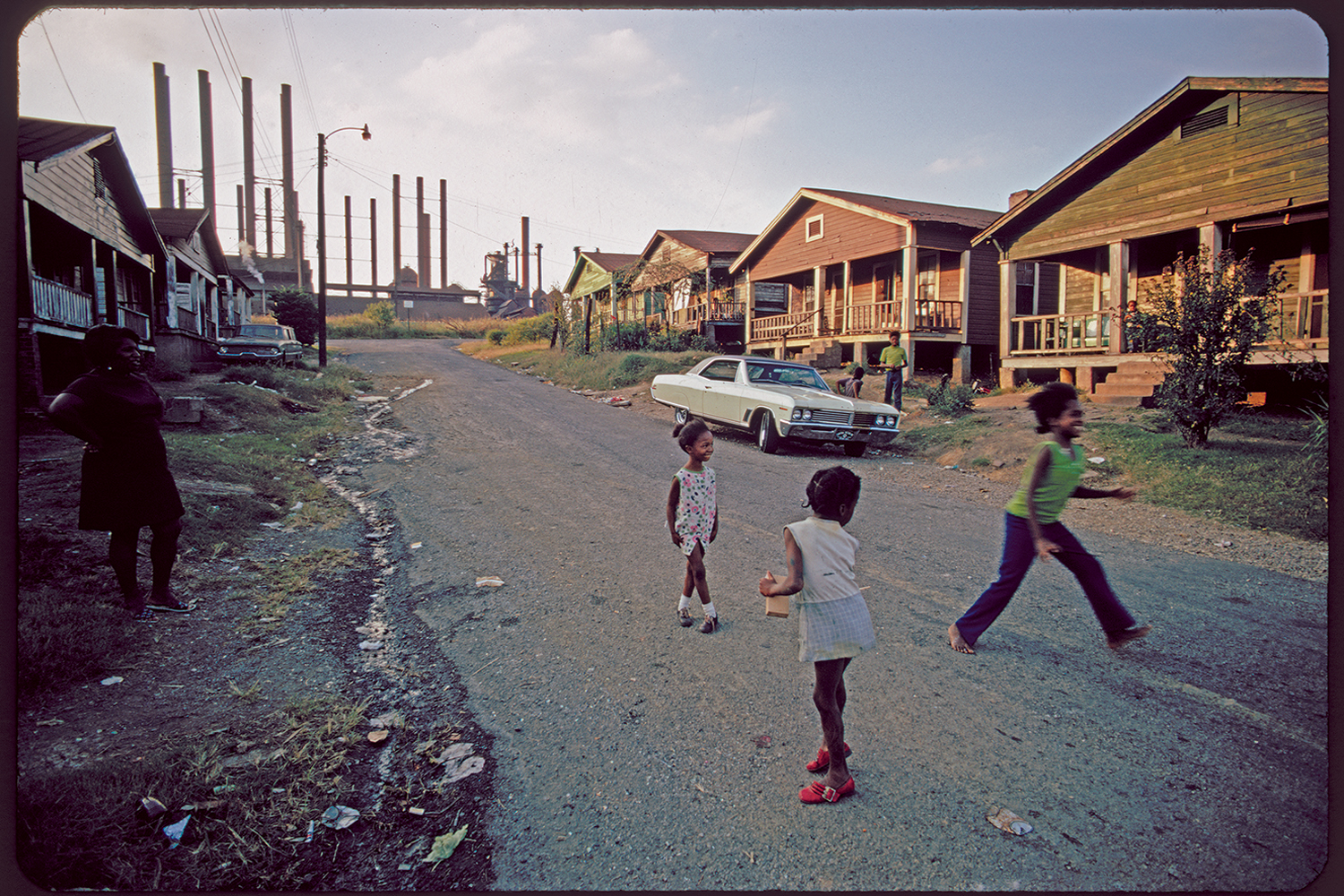
The Environmental Protection Agency (EPA) has always had an awkward role in the federal government. Created much later than other executive departments — in 1970, by a grudging President Richard Nixon — the EPA isn’t even in the official Cabinet. Its official mission is to “protect human health and the environment,” and since business activity — through pollution and energy and resource use — tends to be the biggest threat to health and the environment, the EPA often finds itself in the crosshairs of conservative critics, while environmentalists often complain the agency does too little to protect the planet. There may not be a more thankless job in the federal government than EPA Administrator.
But the EPA has changed the country — and it’s done so for the better. When the EPA was created at the dawn of the 1970s, the U.S. was an ecological mess. Poisoned smog cloaked cities like Los Angeles and New York. Rivers were full of industrial waste — TIME described Ohio’s highly flammable Cuyahoga as the river that “oozes rather than flows.” Monsters cars guzzled gas and expelled lead fumes.
That’s the country that the Searching for the Seventies: Documerica Photography Project captures. Documerica was created by the EPA as an effort to document the country’s environmental crisis — the project draws from more than 20,000 images in the National Archives — and it does so with verve. The water coolers of a power plant, belching steam, loom over the backyard of a house in West Virginia. Old refrigerators litter the land around the Queens neighborhood of Breezy Point — later destroyed by superstorm Sandy — in New York. Gasoline stations pumped dry by the fuel crisis sit tagged by graffiti. These are images from an America that seems further away from us than it really is, one that’s grimier and poorer. The sweat and the dirt and even the air is visible.
But these images throb with life. The EPA didn’t set out to make art — that’s not exactly in the agency’s mission statement — but the photographers did just that, capturing ordinary Americans in the midst of a transitory era, as the industrial and the rural gave way to the country we know today. In many ways that country is a better one, a cleaner one — thanks in no small part to the work of the EPA. But there’s a startling beauty to the 1970s — bad haircuts and fashion aside — that’s been lost in the decades since. Thanks to Documerica — and the EPA — at least we have these memories.
‘Searching for the Seventies: The Documerica Photo Project’ opens March 8 at the Lawrence F. O’Brien Gallery of the National Archive Building in Washington D.C. A book featuring the work is also available from D. Giles Ltd.
Bryan Walsh is a senior editor at TIME. Find him on Twitter at @bryanrwalsh. You can also continue the discussion on TIME’s Facebook page and on Twitter at @TIME

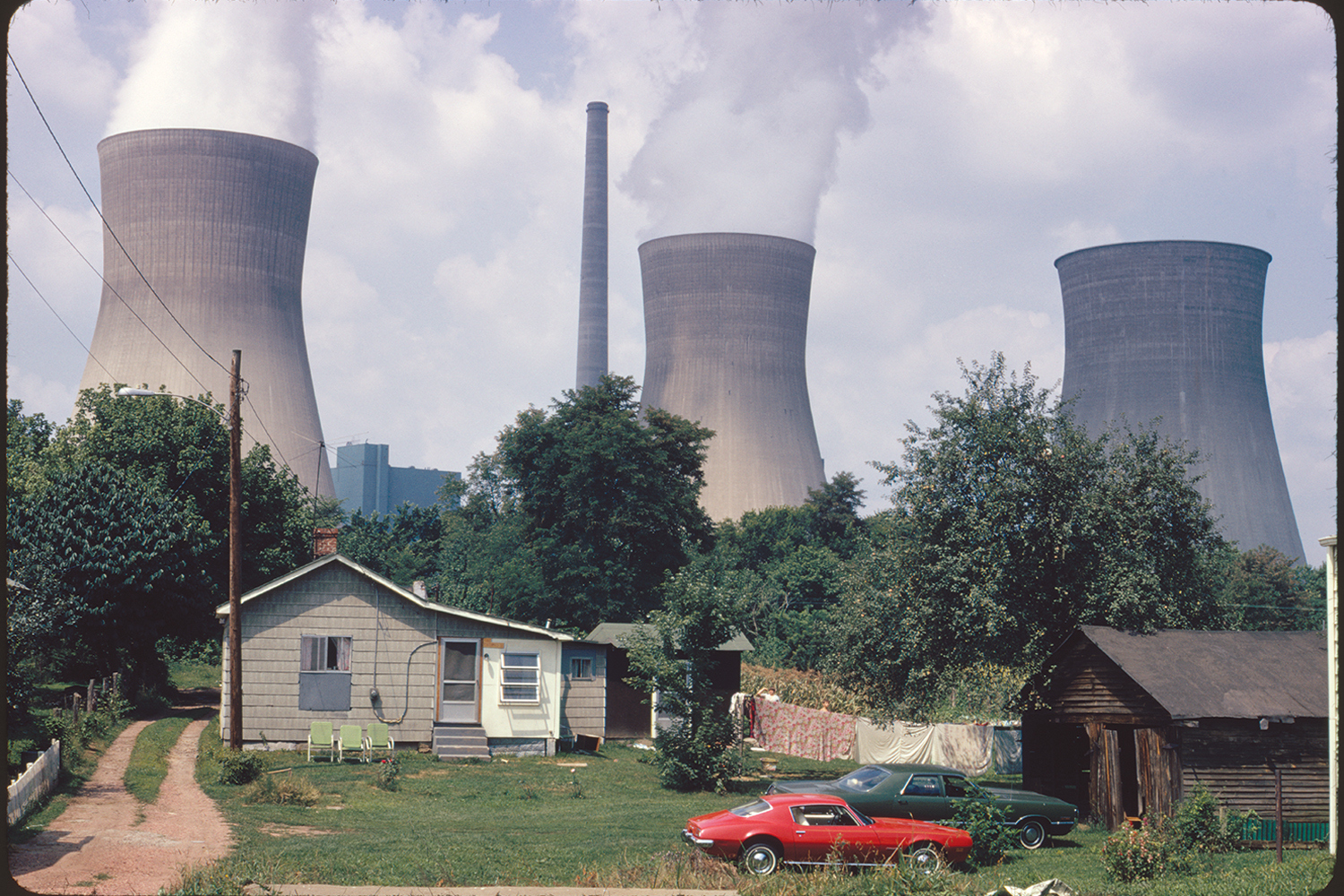
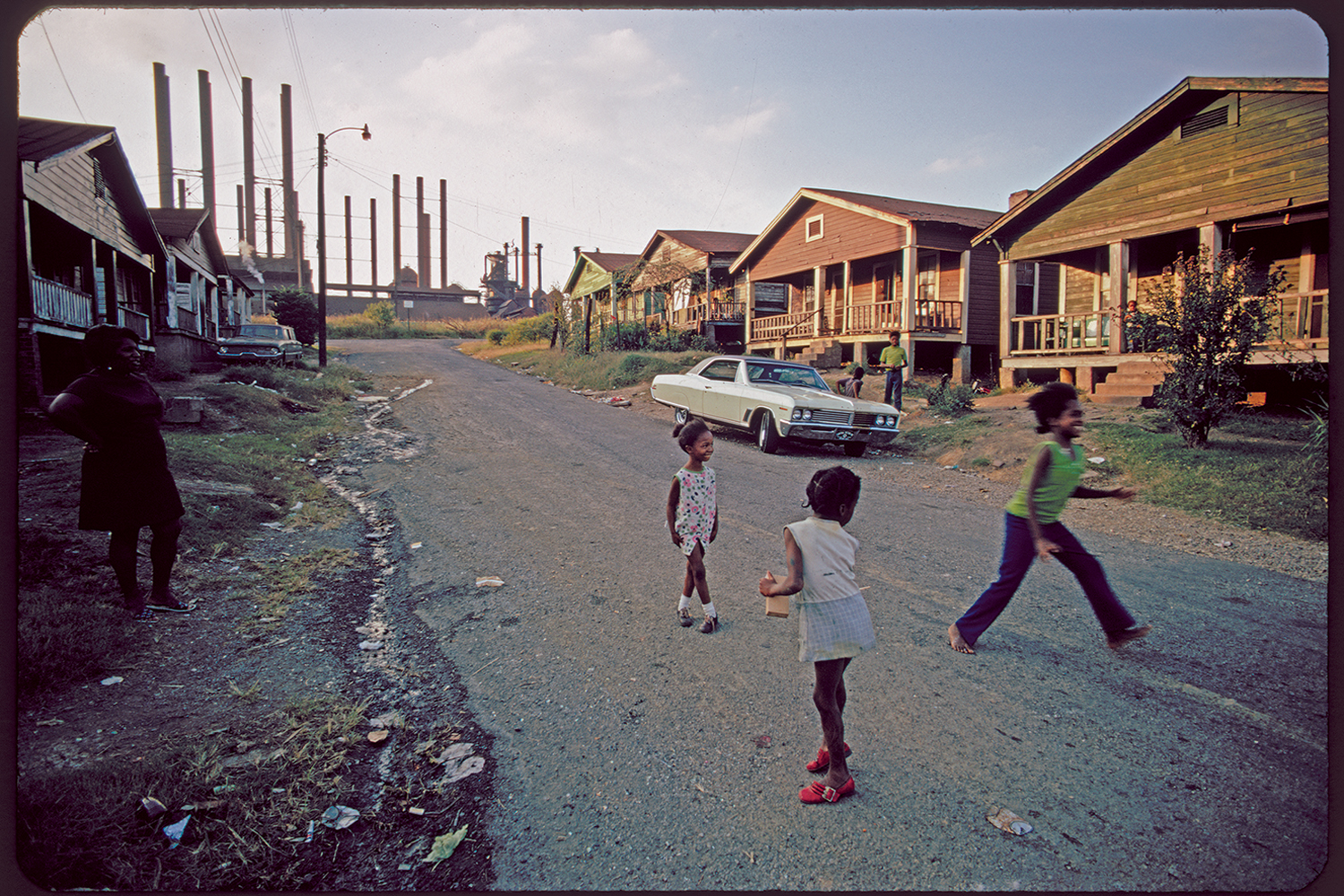
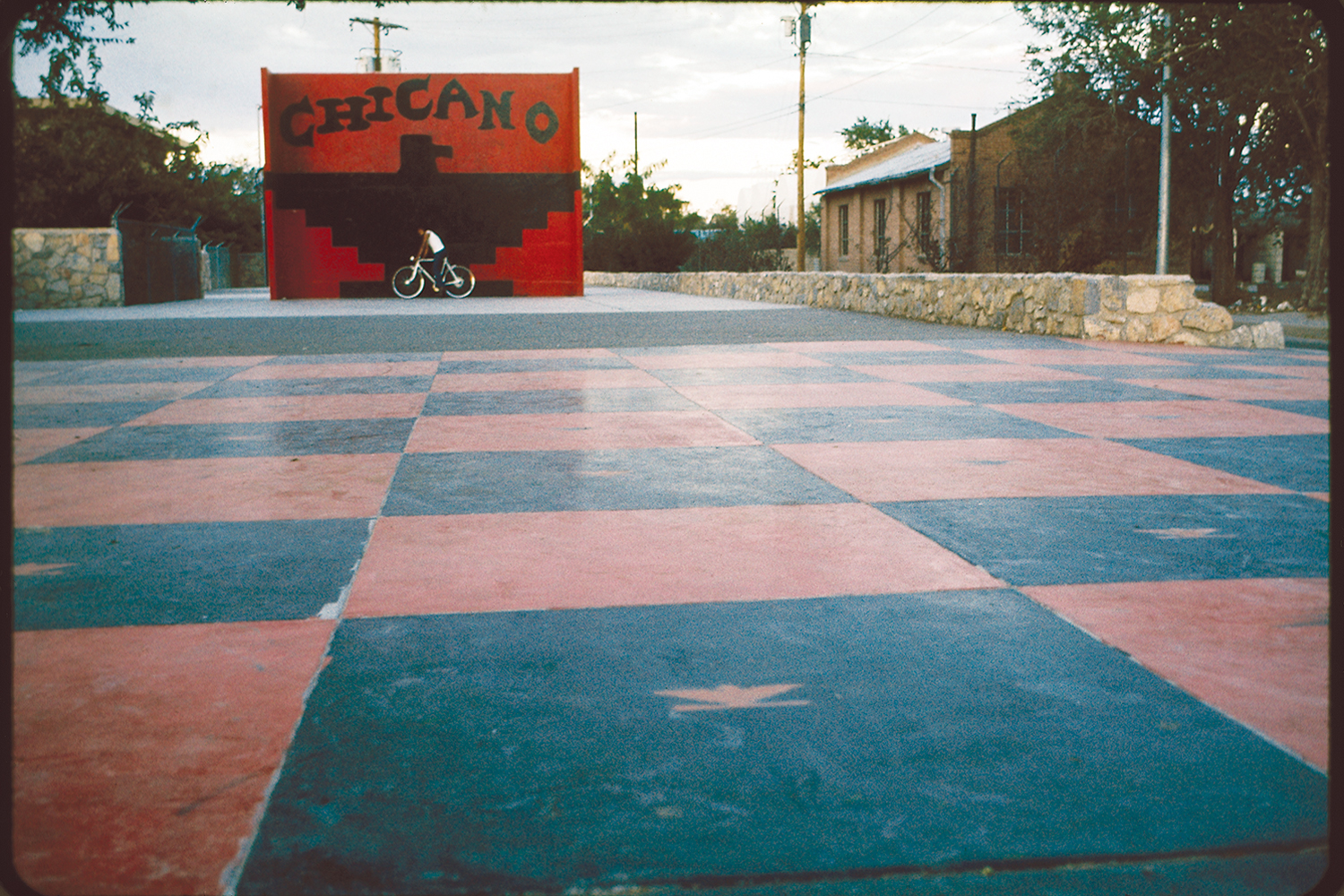

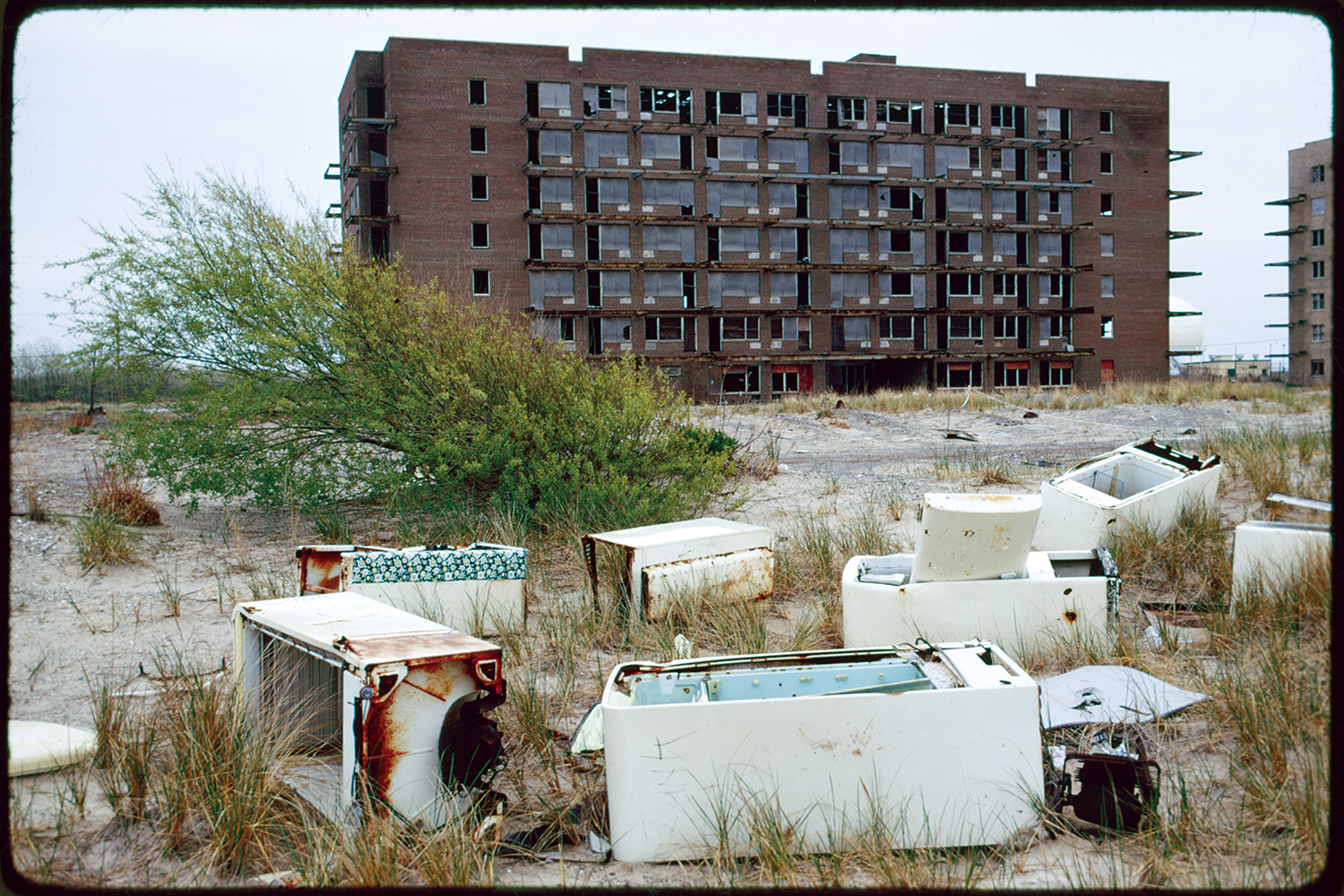

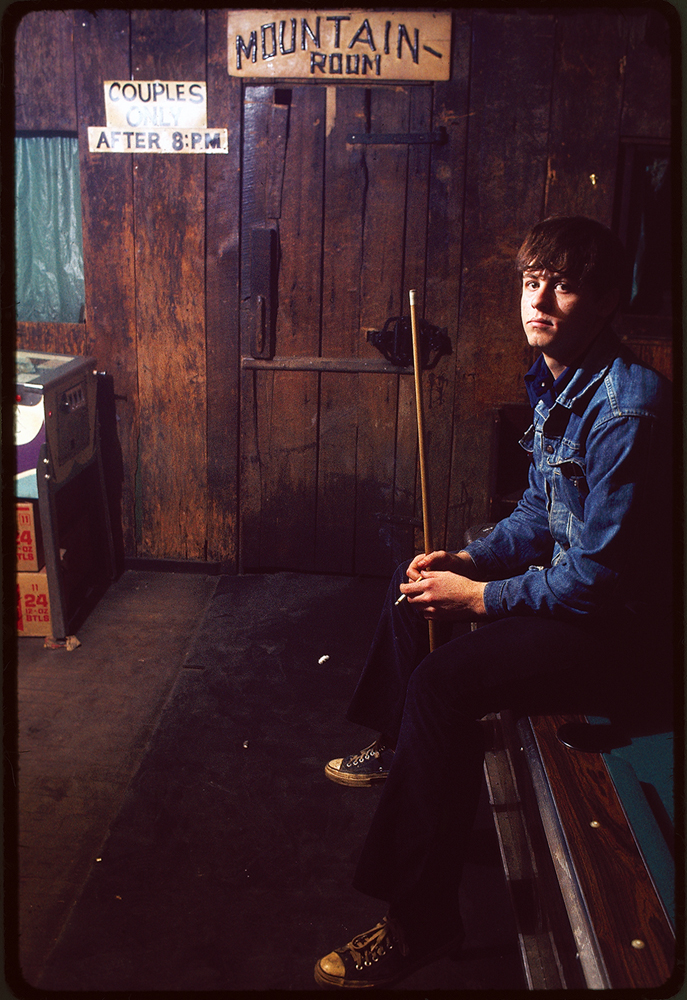
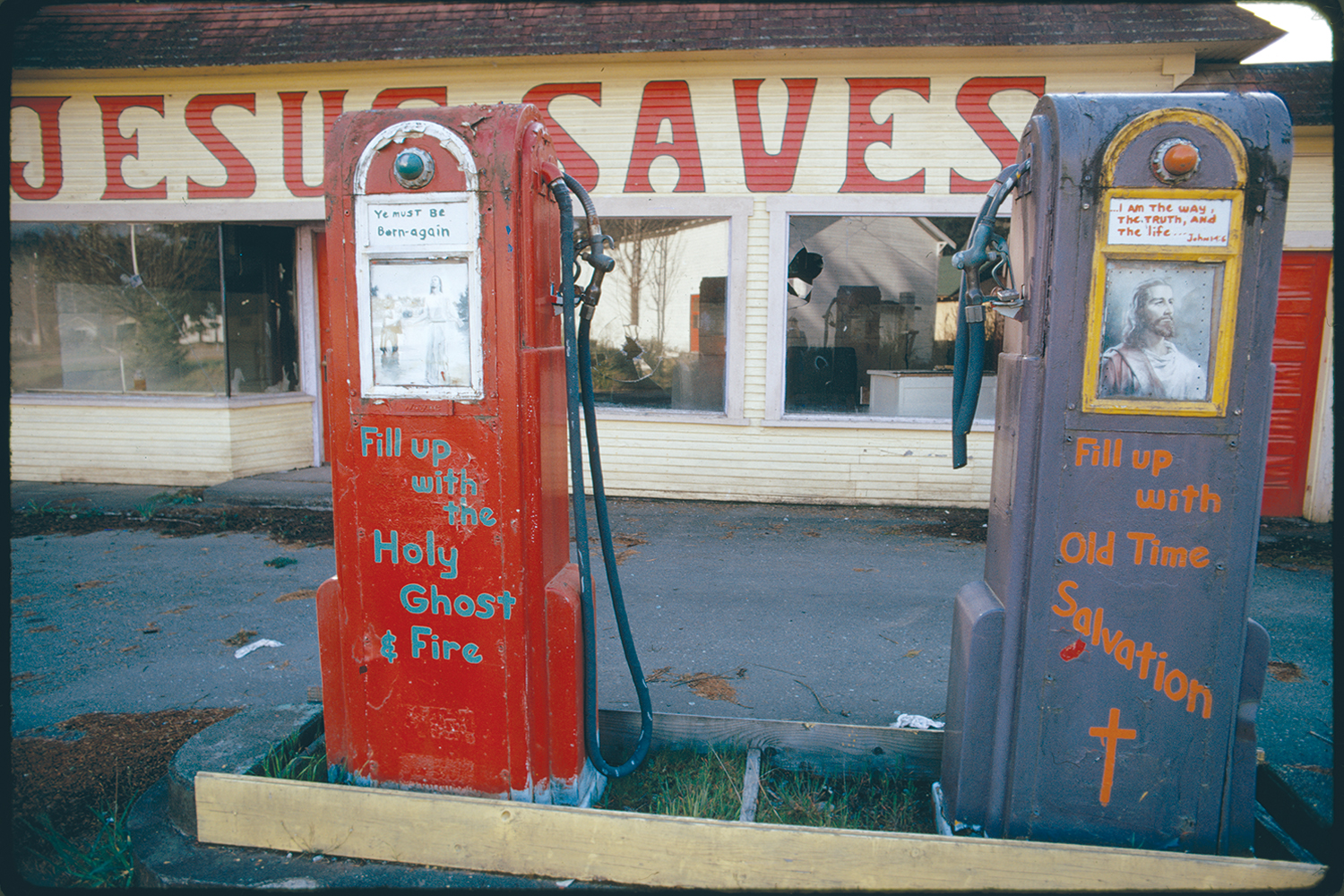
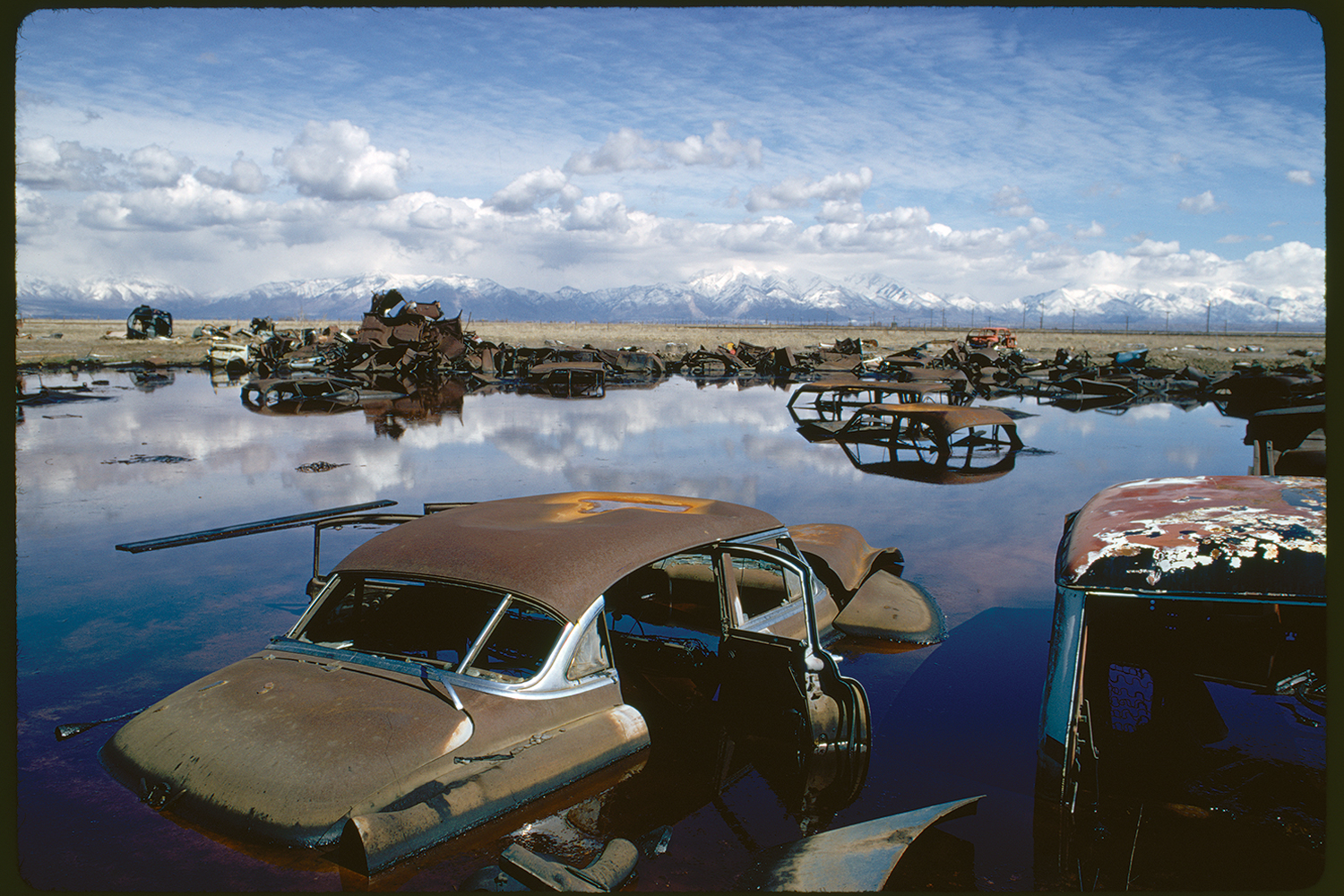


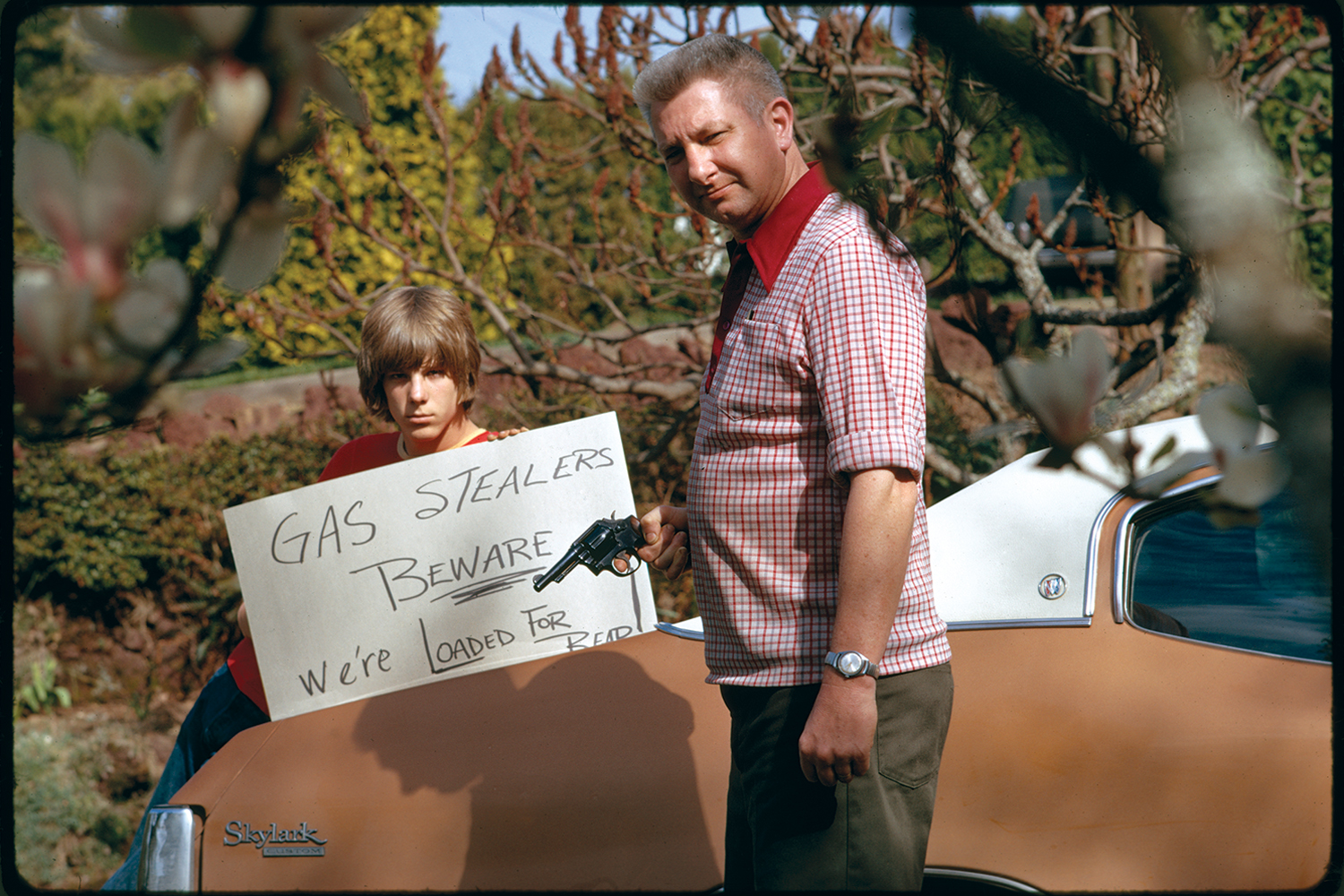
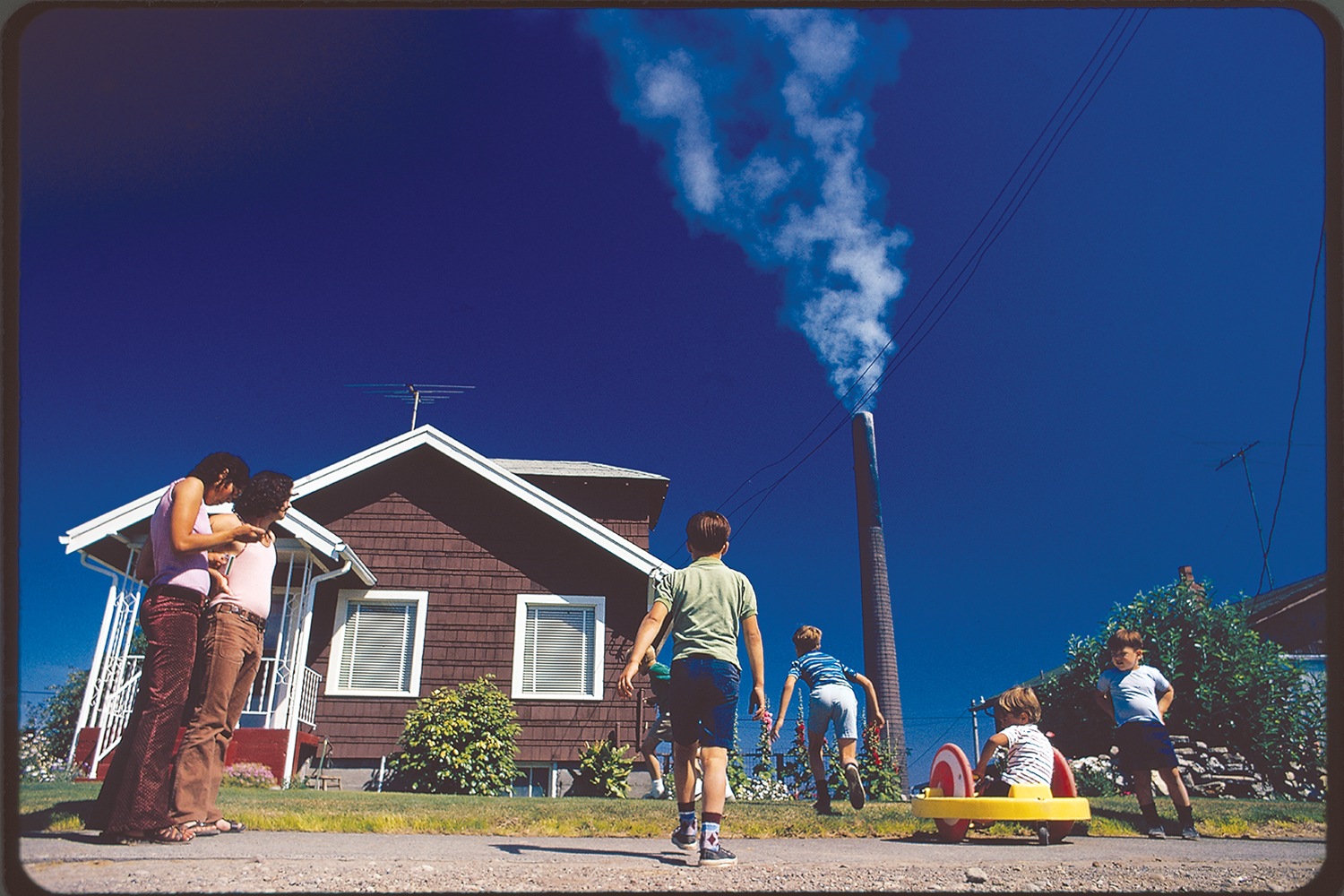


More Must-Reads from TIME
- Donald Trump Is TIME's 2024 Person of the Year
- TIME’s Top 10 Photos of 2024
- Why Gen Z Is Drinking Less
- The Best Movies About Cooking
- Why Is Anxiety Worse at Night?
- A Head-to-Toe Guide to Treating Dry Skin
- Why Street Cats Are Taking Over Urban Neighborhoods
- Column: Jimmy Carter’s Global Legacy Was Moral Clarity
Contact us at letters@time.com